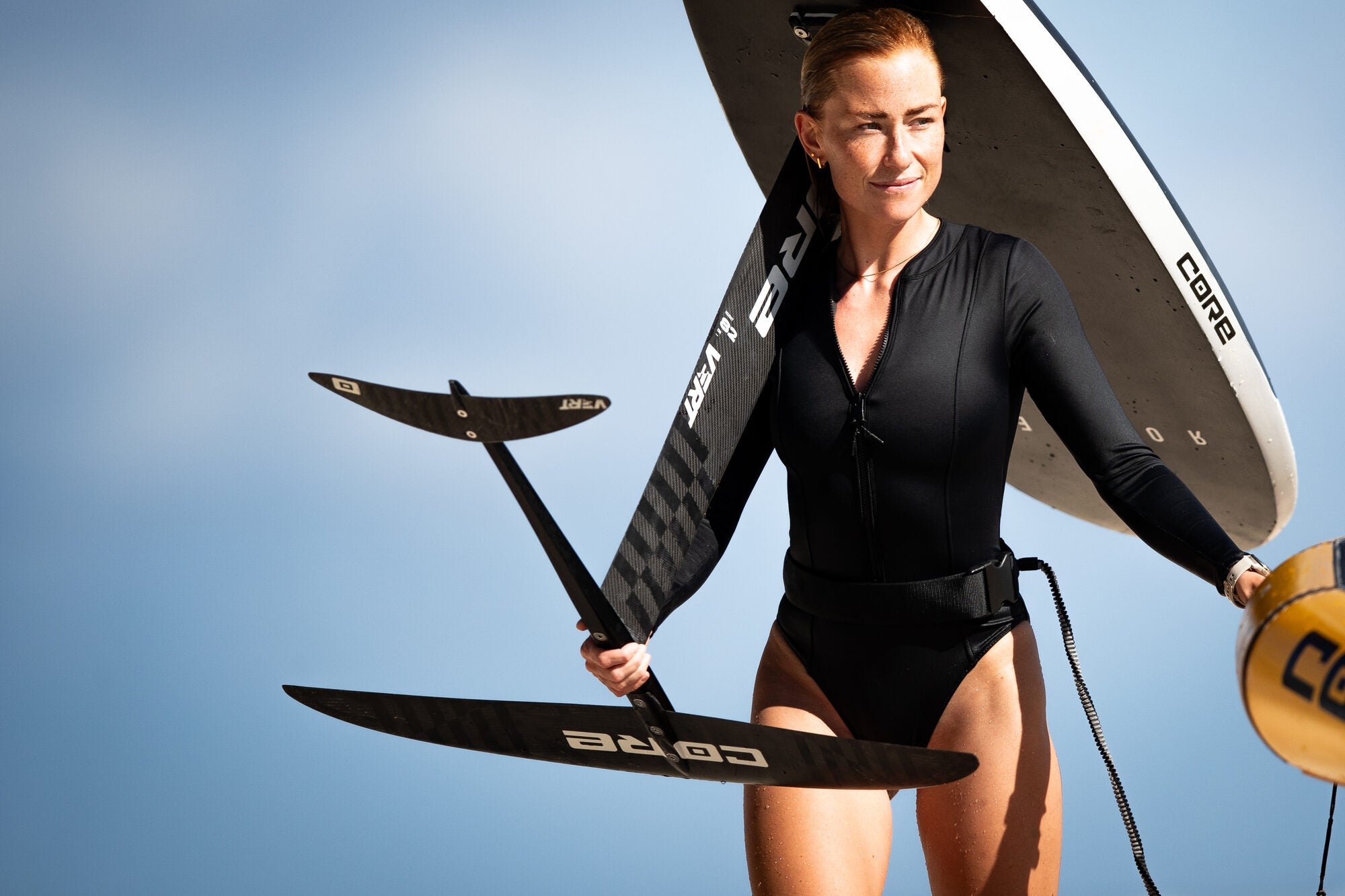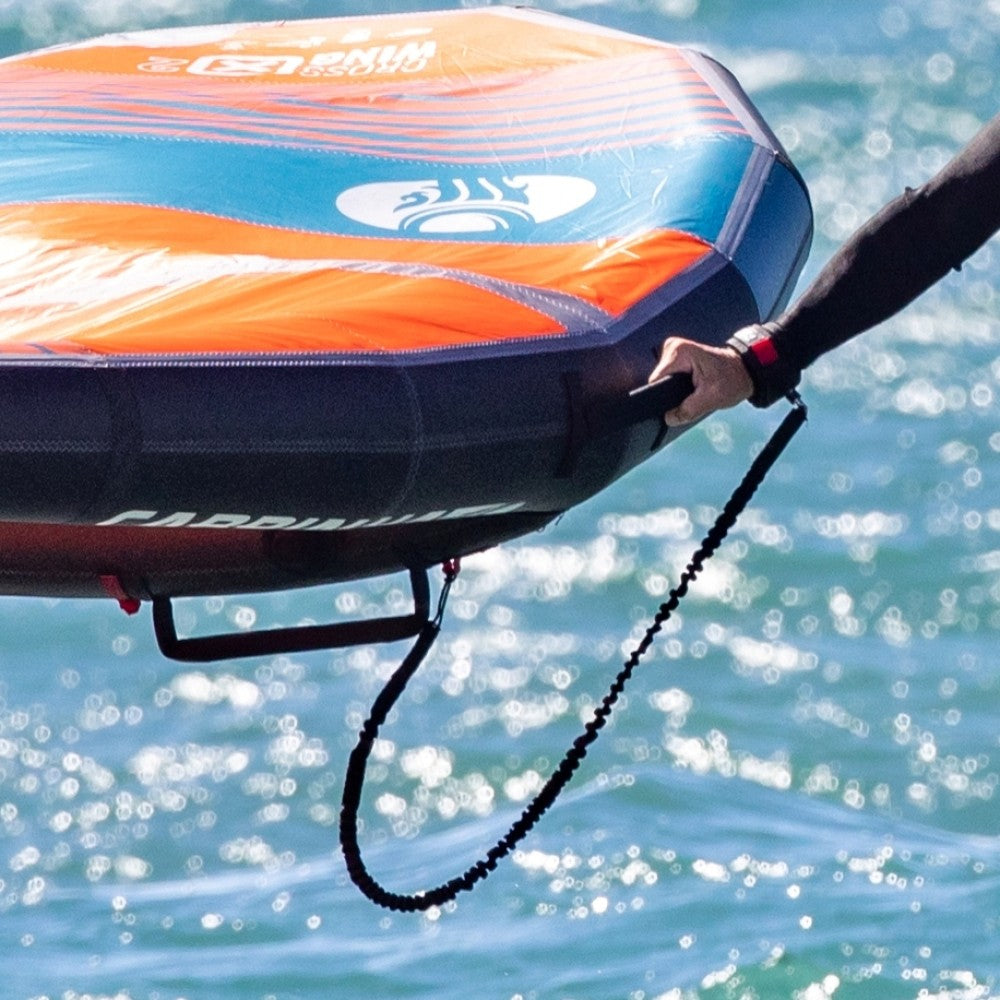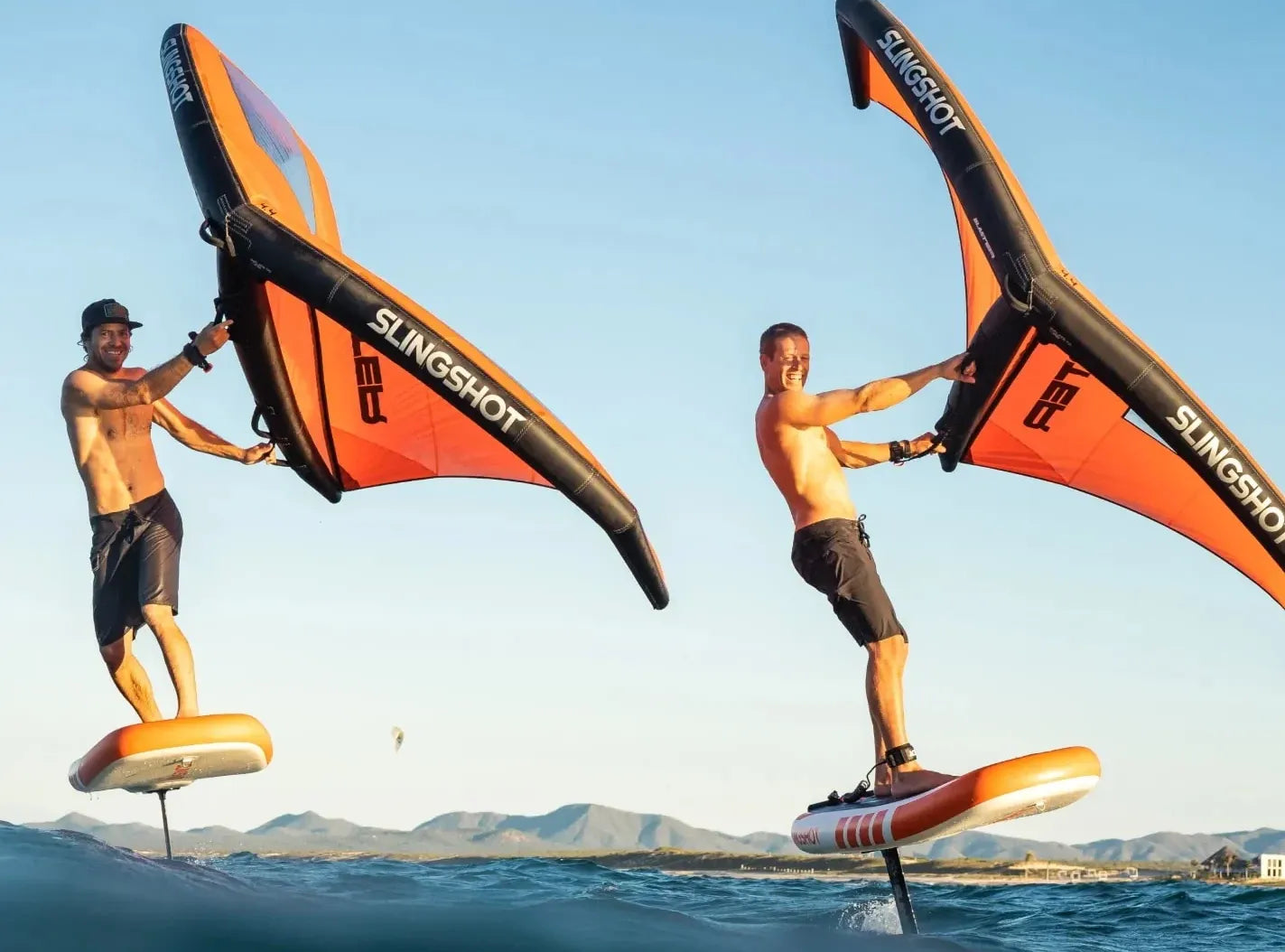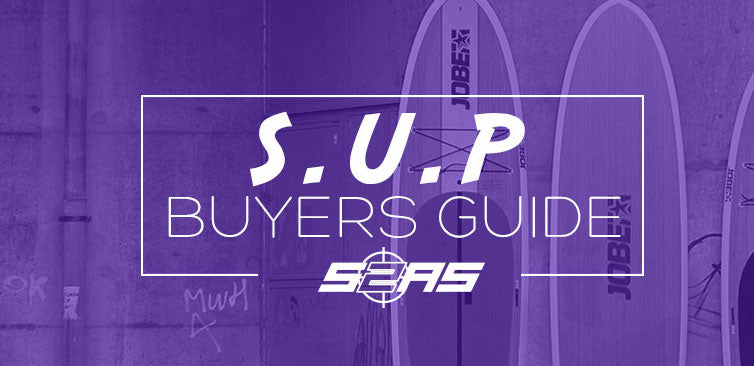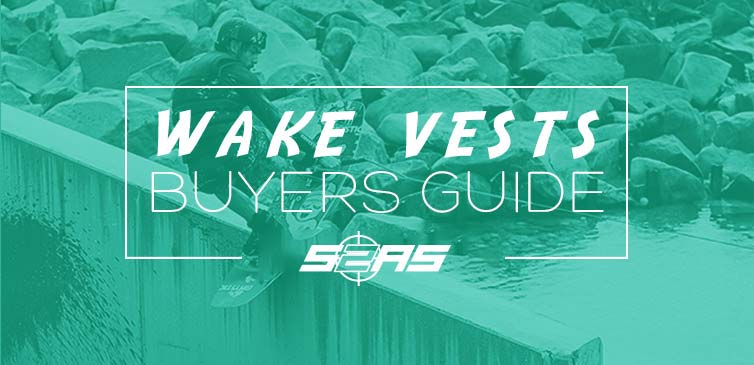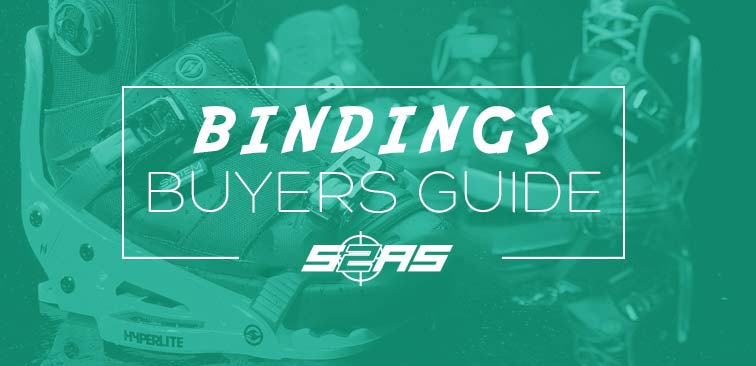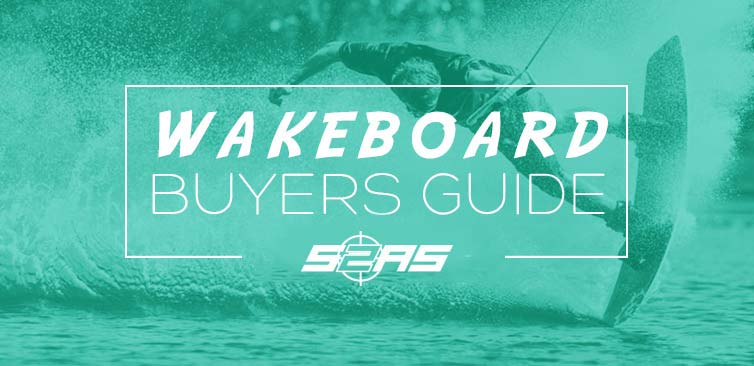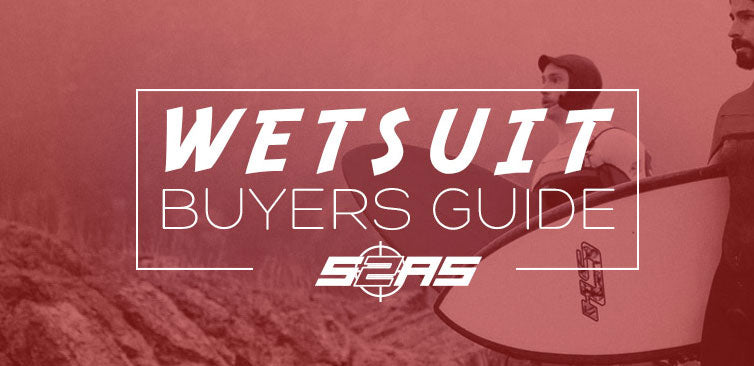Check out our top brands that we have in stock here at S2AS:
Volcom Snow Wear | ThirtyTwo Snow Wear | Stance Snow Wear | Ride Snow Wear | Dakine Snow Wear | Oakley Snow Wear | DC Snow Wear | Airhole Snow Wear | Brethren Apparel Snow Wear
Outerwear plays arguably one of the most important roles in your snowboarding or skiing experience. Buying a good quality jacket and pants can be the difference between a comfortable, warm day on the mountain and a cold, wet day on the mountain.

Waterproof Ratings
| WATERPROOF RATING | RESISTANCE PROVIDED | CONDITIONS |
|---|---|---|
| 0-5,000 mm | Ranges from no resistance to some moisture resistance. | Light rain, dry snow, no pressure. |
| 6,000 – 10,000 mm | Rainproof and waterproof under light pressure. | Light rain, average snow, light pressure. |
| 11,000 – 15,000 mm | Rainproof and waterproof except under high pressure. | Moderate rain, average snow and light pressure. |
| 16,000 – 20,000 mm | Rainproof and waterproof under high pressure. | Heavy rain, wet snow with some pressure. |
| 20,000 mm+ | Rainproof and waterproof under very high pressure | Heavy rain, wet snow, high pressure. |
Why isn’t outerwear completely waterproof?
Truthfully speaking, all outerwear designed for active winter sports has various degrees of water resistance, but will eventually leak given the right amount of water, time and pressure. It is important to remember that manufacturers define “waterproof” according to their own standards. Certain materials are completely waterproof for example rubber. However if you were to try and snowboard or ski in a garment made of that material, you’d be wet in no time from your own perspiration. This is why outerwear manufacturers try to balance waterproof garments with maximum breathability, to allow your body to perspire while you ride.

What waterproof rating do I need?
As a general rule of thumb, we would recommend a minimum rating of 5,000mm for your average skier or snowboarder. If you like a few hours shred, then a few hours at the bar chatting up the local seasonnaires then this rating should work for you. If you’re a rider that longs to catch the first and last lift whatever the weather, then we would recommend a rating of 5,000 to 10,000. Those of you that are riding in wetter climates would be better suited to a rating of 10,000 to 20,000 to ensure your warmth on those long wet days. Finally, for the rider who lives for hiking up the gnarliest tree lines and ridges possible, breathability becomes equally as important as waterproofing. Therefore look for waterproofing and breathability in 20,000+ range.

How breathable should my jacket be?
It’s always tempting to say that the most breathable fabrics are the best, but it really does depend on how hard you’re going to be working on the mountain. In general, the harder you’re going to be working the higher breathability rating you’re going to need. If you prefer to catch the easy way up on the lift and often take breaks where you remove your jacket then a rating of 5,000 to 8,000 grams is about perfect for you. If you do a lot of high-energy riding where you often break a sweat then you should be looking for a breathability rating of around 10,000 to 15,000 grams. For those of you that hike all day for that one run, we would recommend a breathability rating of over 20,000 grams.
VOLCOM | THIRTYTWO | STANCE | DAKINE | OAKLEY | RIDE | DC | AIRHOLE | BRETHREN APPAREL



